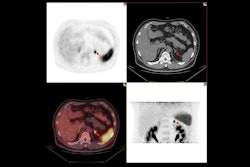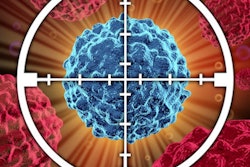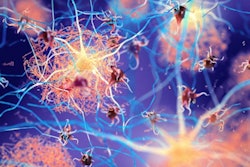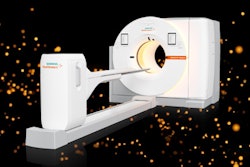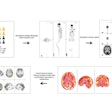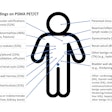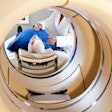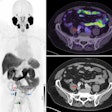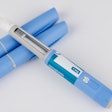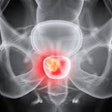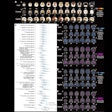Dear AuntMinnie Member,
Strategies for optimizing doses in cancer patients undergoing lutetium-177 (Lu-177)-based treatments are poised to take personalized medicine in nuclear medicine to a new level. In fact, a new field in dosimetry may take shape in the next few years, experts recently told AuntMinnie.com. Click here for the full interview.
The importance of the topic was also discussed in a late-breaking story we posted from RSNA in Chicago, with a study finding that kidney-absorbed doses of Lu-177-based treatments for prostate cancer and neuroendocrine tumors are below toxicity thresholds.
In other news, experts issued new guidance for fibroblast activation protein-PET imaging in cancer patients, as well as for brain PET imaging of amyloid and tau pathology related to cognitive impairment and Alzheimer’s disease.
Speaking of brain PET imaging, we covered several studies that illustrate how the technology can reveal new and sometimes surprising findings:
- Patients infected with herpes have fewer signs of amyloid brain deposits associated with Alzheimer’s disease than uninfected patients, a group in France reported.
- Mechanisms other than amyloid brain deposits may underlie depressive symptoms in people later in life, a January 22 study published in JAMA Psychiatry suggested.
- Researchers at the Mayo Clinic in Rochester, MN, found that PET imaging can assess brain metabolism changes over time in individuals with prodromal dementia with Lewy bodies (DLB) and probable DLB.
We also highlighted a study that showed how rates of PET prostate cancer imaging spiked after the approval of gallium-68 (Ga-68) prostate-specific membrane antigen (PSMA)-11 PET in 2020. Perhaps the rate will continue to rise, with studies suggesting that PSMA-PET/CT bests conventional imaging for identifying high-risk cases.
Finally, we covered a study showing that PET/CT is also important for what it can rule out. In findings from a team at Columbia University in New York City, PET/CT scans ruled out cardiac allograft vasculopathy in heart transplant patients, which suggests the scans can reduce the need for invasive coronary angiography screening in these patients.
For more molecular imaging news, be sure to check in regularly with our Molecular Imaging content area.
Will Morton
Associate Editor
AuntMinnie.com






